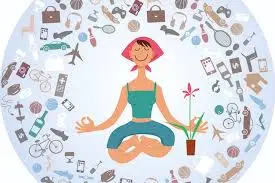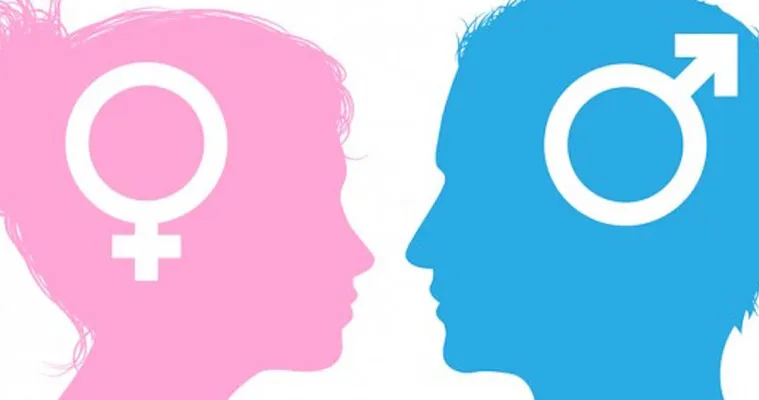
Introduction
Gender roles have long dictated how individuals should behave based on their gender. But are these traditional roles still relevant today? As society evolves, so do our perceptions of masculinity and femininity. Let’s dive into this thought-provoking topic and explore how gender roles are being questioned and redefined.
The History of Gender Roles
Historical Context
Historically, gender roles have been deeply rooted in societal norms. Men were the hunters and protectors, while women were the caregivers and nurturers.
Main Characters: Traditional Masculinity and Femininity
Defining Traditional Masculinity
Traditional masculinity emphasizes strength, stoicism, and dominance. Men were expected to be the providers and protectors of their families.
Defining Traditional Femininity
Traditional femininity, on the other hand, highlights gentleness, empathy, and nurturing. Women were expected to take care of the household and children.
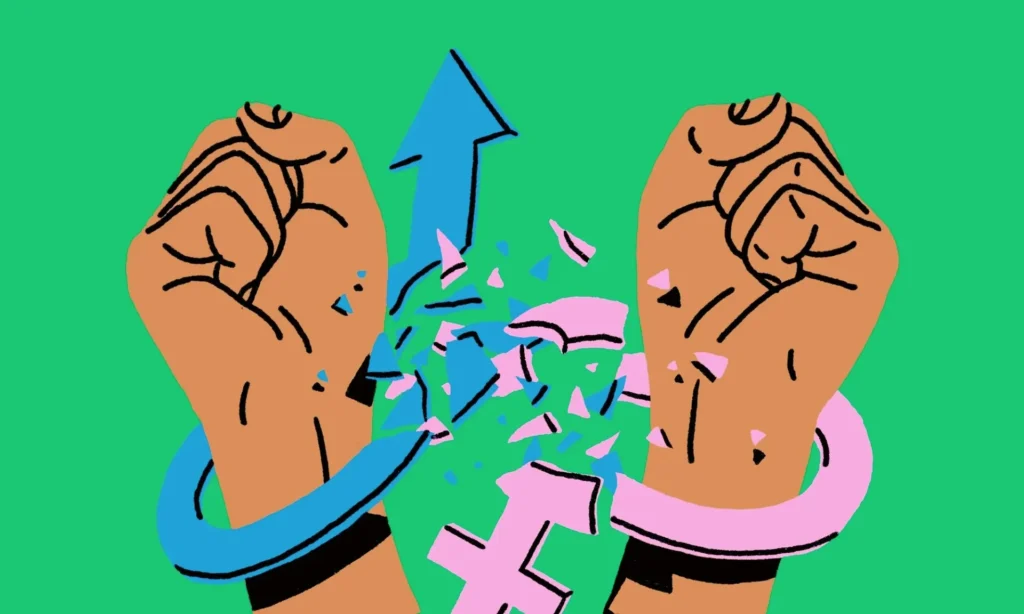
Evolving Gender Roles
The Shift in Perceptions
Over time, the rigid definitions of gender roles have started to blur. Modern society is embracing a more fluid understanding of gender.
Gender Fluidity
Gender fluidity allows individuals to express themselves beyond the binary norms of male and female.
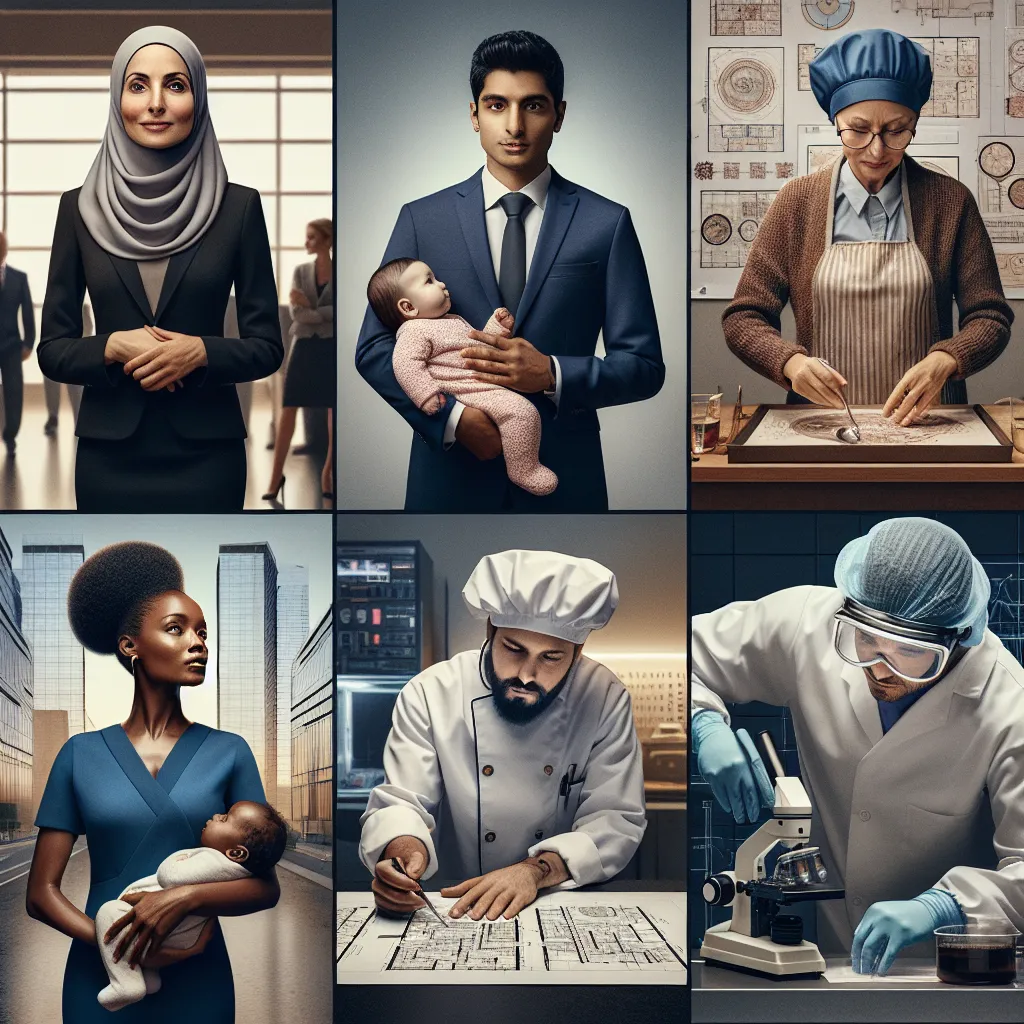
Challenging Stereotypes
Breaking Down Masculinity
The traditional idea of masculinity is being questioned. Men are now encouraged to express emotions and pursue interests outside of traditional norms.
Redefining Femininity
Women are breaking free from the confines of traditional femininity. They are taking on roles that were once considered “masculine.”
The Role of Media
Media’s Influence
Media plays a significant role in shaping our perceptions of gender. Movies, TV shows, and advertisements often reinforce or challenge traditional gender roles.
Representation Matters
Seeing diverse representations of gender in media helps normalize the idea that people can be more than their gender stereotypes.
Gender Roles in the Workplace
Breaking the Glass Ceiling
Women have been challenging the traditional roles assigned to them in the workplace. They are stepping into leadership positions and excelling in fields once dominated by men.
Men in Caregiving Roles
More men are taking on caregiving roles, challenging the notion that nurturing is solely a woman’s responsibility.
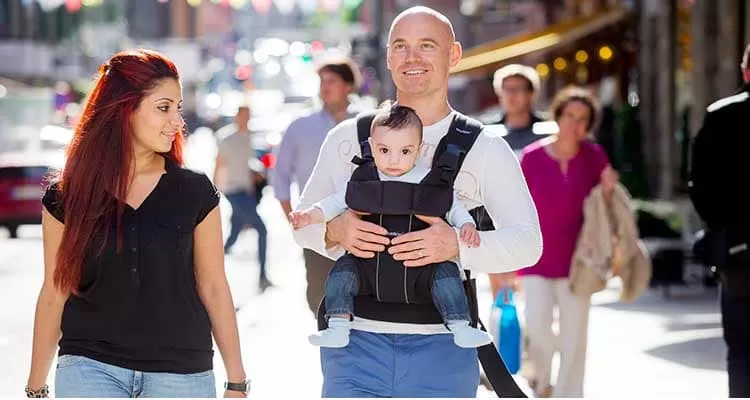
Parenting and Gender Roles
Raising Gender-Neutral Children
Many parents are choosing to raise their children in a gender-neutral environment, allowing them to explore their identities without the constraints of traditional gender roles.
The Impact on Children
Raising children without strict gender roles can lead to more well-rounded individuals who feel free to express themselves authentically.
The LGBTQ+ Community and Gender Roles
Non-Binary and Transgender Identities
The LGBTQ+ community has been at the forefront of challenging traditional gender roles. Non-binary and transgender individuals often defy conventional gender norms.
Acceptance and Inclusion
Acceptance and inclusion of diverse gender identities are crucial in moving towards a society that values individuality over conformity.
The Role of Education
Educating the Youth
Schools play a vital role in shaping the future of gender perceptions. Inclusive education can help break down stereotypes and promote equality.
Curriculum Changes
Incorporating lessons on gender diversity and inclusion into the curriculum can foster a more accepting and understanding generation.
Global Perspectives
Gender Roles Around the World
Different cultures have unique perceptions of gender roles. Some are more progressive, while others still adhere to traditional norms.
Cultural Shifts
Cultural shifts towards more inclusive gender roles are happening globally, albeit at different paces.
The Benefits of Intergenerational Learning: How Students Can Learn from Older Adults
The Future of Gender Roles
A More Inclusive Society
The future looks promising as more people challenge the traditional notions of masculinity and femininity.
Personal Freedom
Ultimately, moving beyond rigid gender roles allows individuals to live more authentically and freely.
Themes and Messages
Equality and Acceptance
The underlying message is one of equality and acceptance. Everyone should have the freedom to express their gender identity without societal constraints.
Individuality Over Conformity
Emphasizing individuality over conformity encourages people to embrace their unique qualities.
Author’s Narrative Style
Conversational Tone
The narrative style of discussing gender roles is often conversational, engaging readers by speaking directly to their experiences and thoughts.
Relatable Examples
Using relatable examples helps readers connect with the content on a personal level.
Author’s Point of View
Third-Person Perspective
Many discussions on gender roles adopt a third-person perspective, providing an objective view while still being insightful.
Inclusive Language
Inclusive language is key to ensuring that everyone feels seen and heard in the discussion about gender roles.
How to Dress for Your Body Shape: Flattering Styles for Everyone
Personal Reflection
Reflecting on Personal Experiences
Sharing personal reflections on how gender roles have impacted your life can be powerful. It helps to contextualize the broader societal changes.
The Relevance of Gender Roles Today
Gender roles are more fluid today than ever before, making it essential to reflect on how these changes affect our lives and society.
Conclusion
As we continue to challenge and redefine traditional gender roles, we move towards a more inclusive and equitable society. Embracing fluidity in gender allows for personal freedom and authenticity. Let’s continue to question, challenge, and evolve our understanding of gender to create a world where everyone can thrive.
FAQs
- Why are traditional gender roles being questioned?
Traditional gender roles are being questioned to promote equality and personal freedom. They often limit individuals based on outdated norms. - How can I challenge traditional gender roles?
Challenge traditional gender roles by expressing yourself authentically and supporting others in doing the same. Educate yourself and others on gender diversity. - What is gender fluidity?
Gender fluidity is the concept that gender is not fixed and can change over time. It allows for a more dynamic understanding of identity. - How do media representations impact gender roles?
Media representations can reinforce or challenge gender roles. Diverse and inclusive media portrayals help normalize different expressions of gender. - What are the benefits of raising gender-neutral children?
Raising gender-neutral children allows them to explore their identities freely. It can lead to more well-rounded individuals who are comfortable with themselves.

